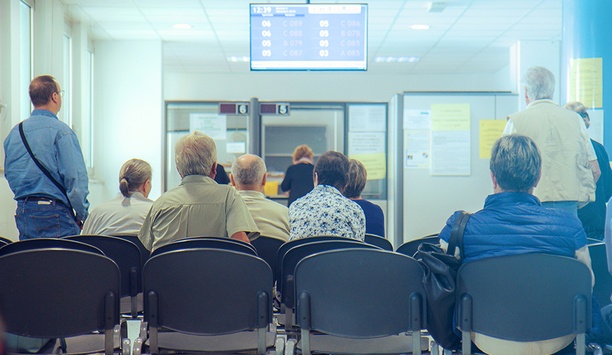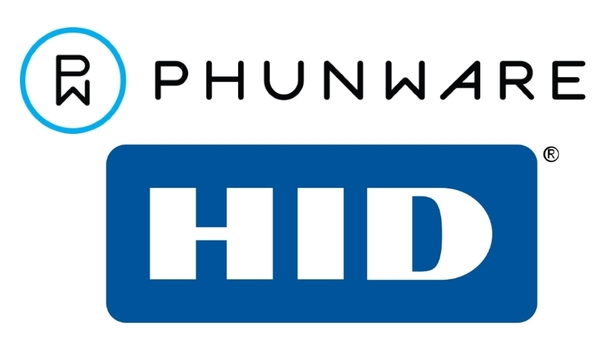Rom Eizenberg

Rom Eizenberg
Vice President of Global Sales, HIDRom Eizenberg is the Vice President of Global Sales at HID Global. Previously Rom Eizenberg was the Founder of CA7CH.
News mentions
Video, access control and visitor management are among the technologies that are enabling greater safety and security at hospitals and other healthcare facilities. Video surveillance systems enable h...
HID Global, a provider of trusted identity solutions, and Mist Systems, a pioneer in self-learning wireless networks powered by artificial intelligence (AI), announces that the two companies are worki...
Emerson, a global technology and engineering pioneer serving industrial, commercial and consumer industries, and HID Global®, a provider of trusted identity solutions, announces a strategic collab...
HID Global, globally renowned trusted identity solutions provider, and Phunware, Inc., a fully integrated enterprise cloud platform for mobile that provides products, solutions, data and services for...







































